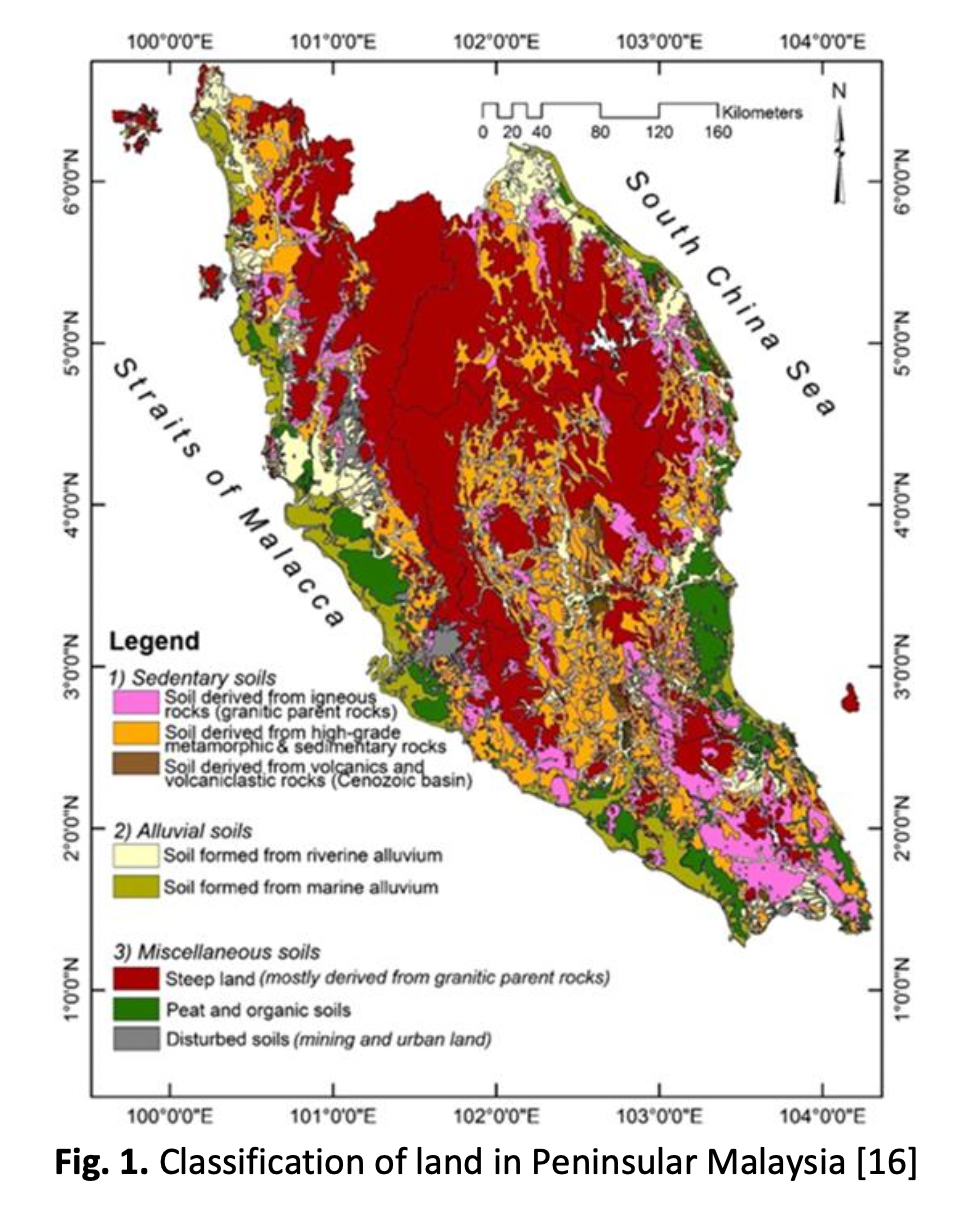Geotechnical Properties on Residual Soil of Sedimentary Rock
DOI:
https://doi.org/10.37934/araset.30.3.182191Keywords:
Consolidated drained, consolidated undrained, sedimentary residual soil, shear strength parametersAbstract
The residual soil is one of the major soils in the peninsular region of Malaysia. Because of this, engineering activities can employ this kind of residual soil in the building industry, such as retaining walls and high-rise building. Yet, because it is structurally complicated and has substantial weathering in most locations, the residual soil often brings in heterogeneities, which can lead to the failure of a structure. Finding the value of the shear strength parameters as a geotechnical properties is the key to solving this problem, which may be done here. After the soil samples had been compacted, they were put through a series triaxial tests, namely Consolidated Drained (CD) and Consolidated Undrained (CU) tests. A total of eight soil samples, four for each test were used for this study. As a consequence of the tests that have been carried out, the value of the cohesion parameter, c', as recorded by the CD test is greater than that recorded by the CU test. On the other hand, the value of the friction angle, ϕ ', as recorded by the CU test is greater than that recorded by the CD test. In the meantime, with regard to the stress-strain behaviour, the brittle failure pattern was seen in each and every sample that was put through the CD test. The pattern that was seen in the results of the CU test was also seen in the results of the CD test. The output of this study makes it abundantly evident that the maximum values for pore water pressure, lateral stress, and axial strain would be significantly increased if the effective confining stress that was applied to the sample was increased to a higher value.




























